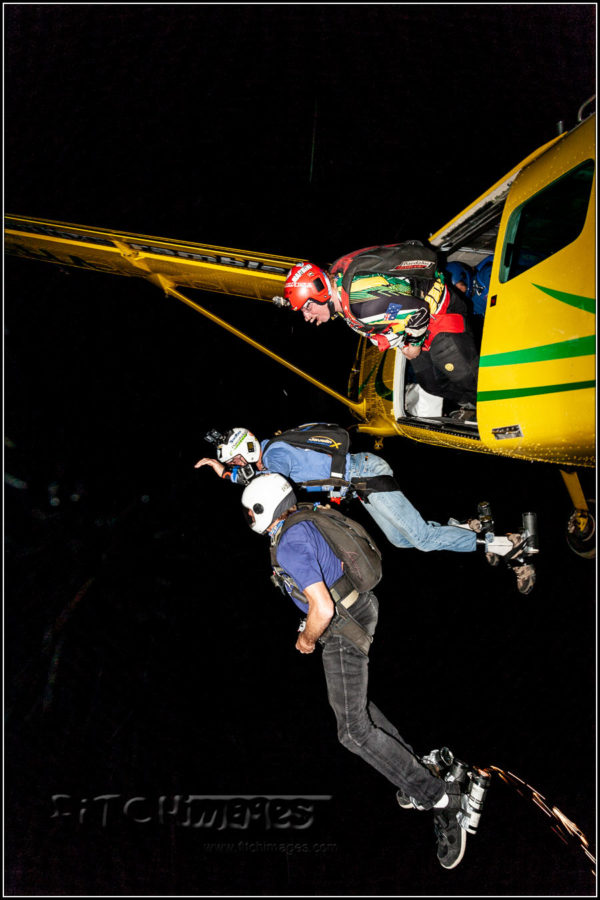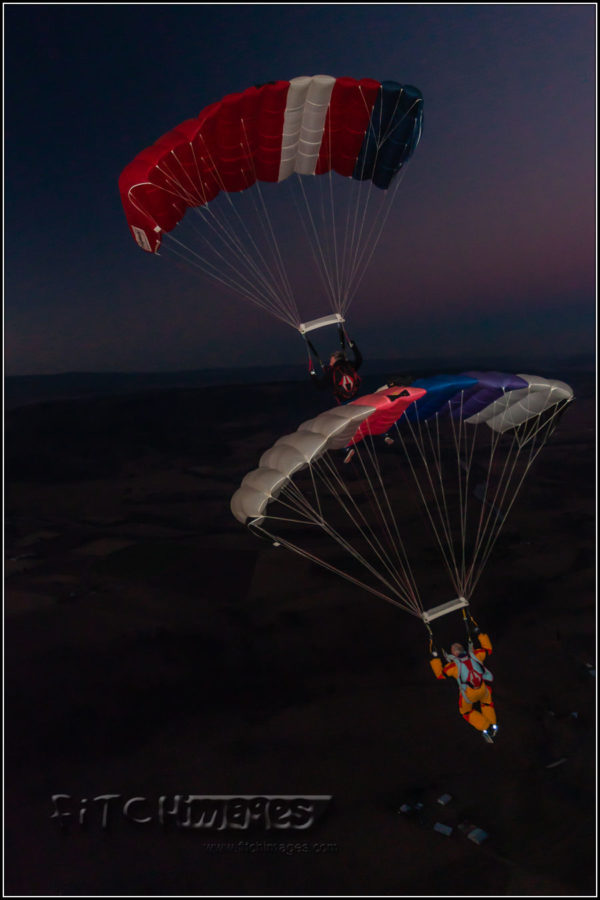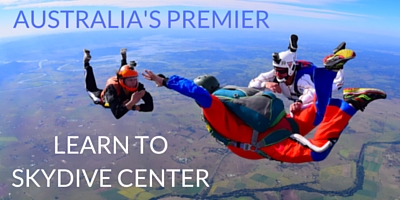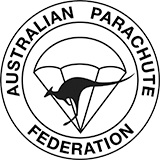- Click to Call +61 7 5423 1159
- Thursday: 8:00 am - 5:00 pm
All About Night Jumps
Friday, August 30, 2019
- Skydive Ramblers
- 8/30/19
- 0
- General
Something especially interesting is happening at Ramblers soon: We have night skydiving on the schedule! Everyone here is very excited for what always promises to be a super-special experience. Curious? We thought you might be.
Night skydiving represents the ultimate adrenaline rush in experienced skydiving. Performing a night skydive is required to progress through the licensing requirements of solo skydiving, but that doesn’t make it anything close to routine. The challenge posed by a nighttime skydive is higher than that of its daytime counterpart.

Defining a “Night” Skydive
A “night skydive” is a skydive that occurs any time between one hour after official sunset up to one hour before official sunrise. Skydives performed within those hours are different enough from “day jumping” that they count as extraordinary. Special considerations have to be made and special equipment has to be used. (Fun fact: Night skydives are almost always scheduled to coincide with the full moon.)
Jumping at Night: OMG What A Challenge
Make no mistake: Performing a night jump is a challenge. The risks of skydiving go up when vision goes down. There’s additional equipment required. The risks and symptoms of hypoxia are both elevated. Finally, the environment of a night jumps is totally different from that of a daytime skydive.
Night skydiving requires its solo participants to be experienced jumpers, well beyond the student stage. By the time that skydiver gets on the plane, they’ll have been comprehensively briefed and outfitted with a light-up altimeter, and a flashlight. Usually, they’ll be festooned with glow sticks and/or LEDs. (We like to turn ourselves into Christmas trees for a night skydive, both for safety and for fun.)

Landing A Parachute By Moonlight
If you wonder how a skydiver makes it from kilometres in the air to a pinpoint landing area on the ground during the daylight hours, you might be boggled by the fact that it’s regularly done at night. You’d be right to be impressed!
The ground looks almost unrecognizably different at night from altitude, even if a jumper is very used to jumping into the same landing area. To help make sure that a dropzone’s skydivers aren’t spread all over the state by the time jump run is done, dropzones make special arrangements to help skydivers find the landing area. Industrial flood lighting illuminates the landing area with a cheerful, as-obvious-as-possible glow. (Even with all that, it remains a challenge to find that landing area when you’re hanging your head out a swiftly moving aircraft door in the middle of the night.)
You Can Go Tandem Skydiving At Night!
Tandem skydiving at night is not allowed by many federal aviation administrations — but we’re lucky here in Australia! We’d love to have you join us for a nighttime skydive to show you how magical Toogoowalah looks by the light of the moon. The lights of Brisbane, Sunshine Coast and the Gold Coast are all very obvious and beautiful too.
We’ll be working on some very special skydives (eight-way formation skydives), and there very well might be pyrotechnics in the mix, so this’ll be an extraordinary way to experience our incredible dropzone. Then stay for the party and camp with us overnight!

